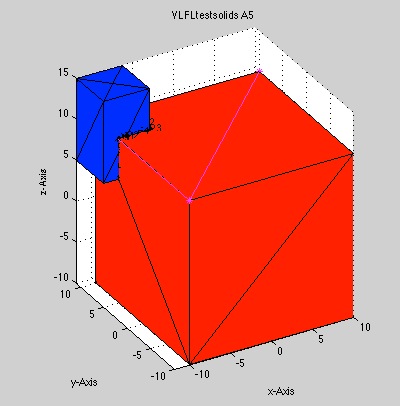VTget2
by Tim C. Lueth, SG-Lib Toolbox: SolidGeometry 5.6 - NDI Camera
Introduced first in SolidGeometry 1.0, Creation date: 2011-10-20, Last change: 2025-09-14
gets a immediate relation Matrix between A and B: A_T_B.
Description
The procedure just waits until both trackers are visible
See Also: Vreset
, Vstray
, Vstat
, VTset
, VTget
, VTgetp
, VTlearn
, VTget2p
Example Illustration

Syntax
T=VTget2(a,b)
Input Parameter
a: | | the reference tracker number |
b: | | the tracker of interest number |
Output Parameter
T: | | resulting relative HT-Matrix A_T_B |
Copyright 2011-2025 Tim C. Lueth. All rights reserved. The code is the property of Tim C. Lueth and may not be redistributed or modified without explicit written permission. This software may be used free of charge for academic research and teaching purposes only. Commercial use, redistribution, modification, or reverse engineering is strictly prohibited. Access to source code is restricted and granted only under specific agreements. For licensing inquiries or commercial use, please contact: Tim C. Lueth
Algorithm (Workflow)
This function, VTget2, is designed to retrieve the transformation matrix between two tracking devices, referred to as trackers, and their associated timestamps. It is part of a system that uses a global variable, vicra_global, to interact with a tracking device driver.
Input Parameters
- nr1: An integer representing the number of the reference tracker. It must be between 1 and 6.
- nr2: An integer representing the number of the tracker of interest. It must also be between 1 and 6.
Output Results
- T: A homogeneous transformation matrix that describes the spatial relationship between the two trackers.
- tcam: A timestamp indicating when the transformation data was captured by the camera, measured in camera-time seconds.
- tpc: A timestamp indicating when the data was requested from the camera, measured in pc-time seconds.
Algorithm Steps
- The function begins by checking if the global variable
vicra_global is initialized. This variable is expected to be a structure or object that provides access to the tracking system's driver functions.
- If
vicra_global is empty, the function throws an error, indicating that the Vicra driver has not been initialized. It suggests calling another function, VTReset, to initialize the driver.
- If
vicra_global is properly initialized, the function calls the method vtget2 on vicra_global, passing nr1 and nr2 as arguments. This method is responsible for retrieving the transformation matrix and timestamps.
- The results from
vtget2 are returned as the output of the function: the transformation matrix T, the camera timestamp tcam, and the PC timestamp tpc.
Algorithm explaination created using ChatGPT on 2025-08-18 22:43. (Please note: No guarantee for the correctness of this explanation)
Last html export of this page out of FM database by TL: 2025-09-21